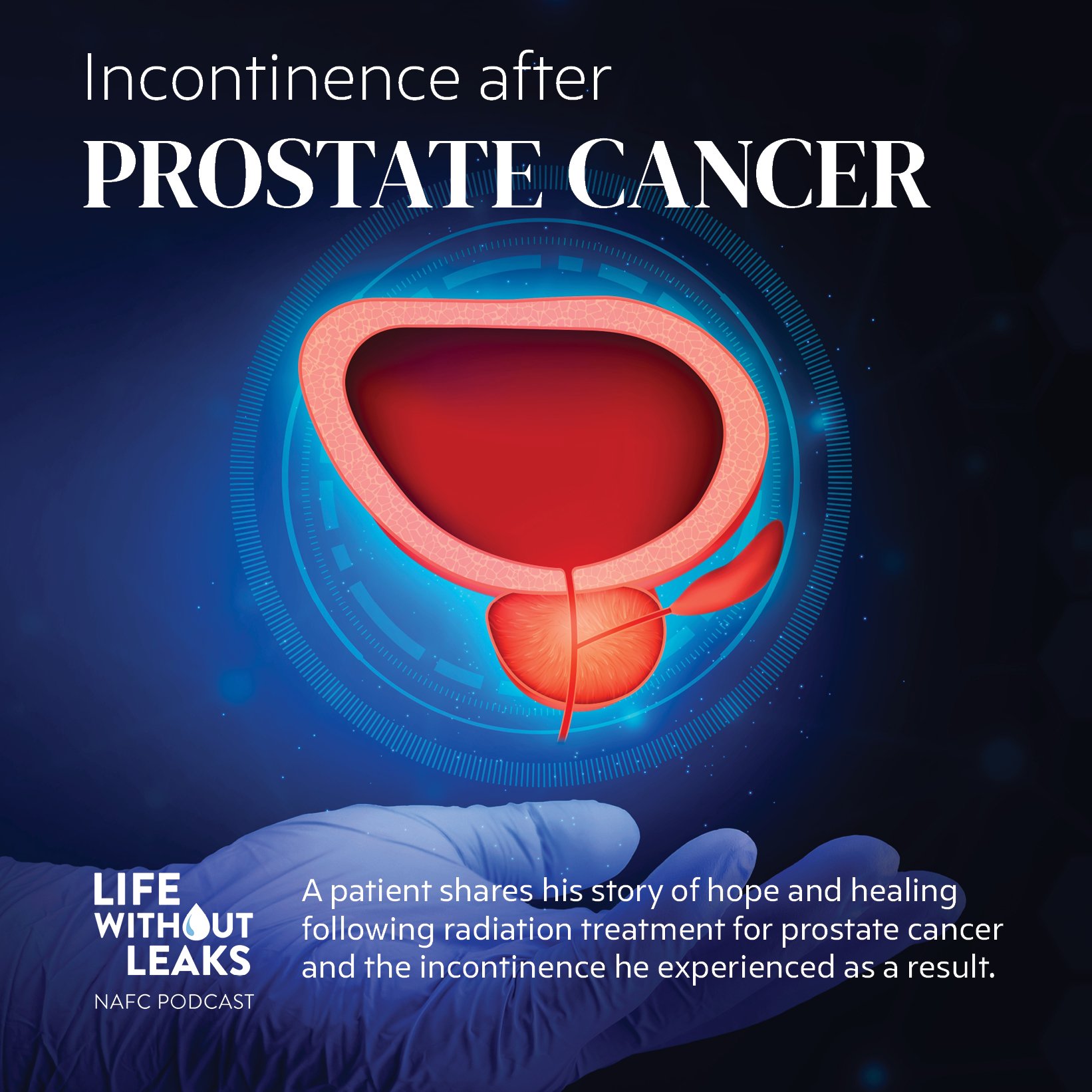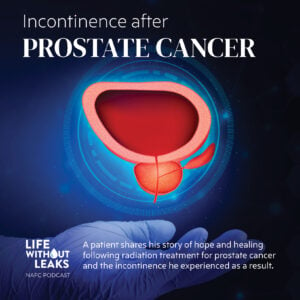I always wanted a large family. After giving birth to and raising 4 children, I think I’ve pretty much fulfilled that dream. My family is everything that I expected it would be. What I never expected, however, was to have a prolapsed bladder.
I discovered it when I turned 63. I had a feeling of heaviness “down there” for a while, but didn’t really think anything of it. I experienced a few accidents in the months before my birthday but thought they were just that – accidents. I was wrong. I went to the doctor for my usual check up, tried to explain what I was experiencing, and he told me I may have a prolapse. Prolapse is when the muscles supporting your bladder, rectum and uterus weaken. This weakening can cause your organs to fall into or through the opening of the vagina. This can happen to any woman with or without vaginal childbirth, but women who have had strain on their vaginal muscles (ahem, birthing 4 children) are at greater risk. After an examination, my doctor diagnosed me with a cystocele, or a prolapsed bladder.
At first I was horrified – the thought of an organ protruding, even slightly, sounded appalling. What would this mean? How would it affect my day-to-day life? Would things progress to a level greater than what I was already experiencing? ?
Luckily for me, my prolapse is mild. My doctor told me that as long as my symptoms were not causing me much harm, surgery was likely not necessary. Some pelvic organ prolapse (POP) will improve on its own through watchful waiting, although my doctor said it is not possible to identify whose POP will improve with time. A common treatment option for those who do not want or need surgery is a pessary.
Pessaries And Non-Surgical Options For Prolapse Treatment
Pessaries are silicon devices that come in a variety of shapes and sizes and are placed in the vagina to provide support to the pelvic organs. Because each woman is different, the pessaries need to be fitted to the individual. I decided to give it a try and was fitted three different times before the final size was decided. I’ve had it in for 3 months so far and it is comfortable and seems to be treating the feeling of heaviness I had been experiencing very well. It does require some upkeep and needs to be removed and cleaned on a regular basis, however this is easy to do and even if you have trouble, you can have the pessary removed and regularly cleaned by your provider.
In addition to my pessary, my doctor also prescribed a vaginal estrogen. This helps lubricate the area and reduce the risk of irritation or ulceration. It also reduces the risk of getting a urinary tract infection.
Never in a million years did I think this would happen to me – I didn’t even really know it was possible to be honest about need a Prolapse Treatment. But thanks to my pessary, I’m able to easily manage my symptoms and live my life the way I want to.






